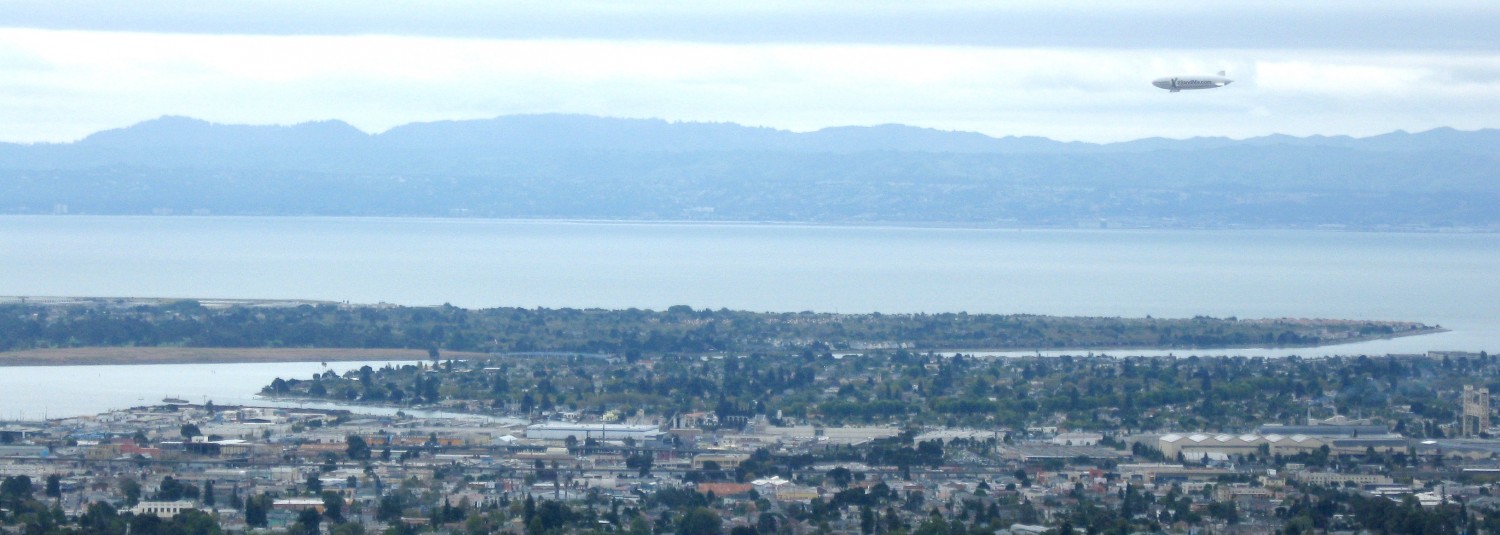San Francisco Ballet “Nutcracker”
December 13, 2023 7 pm
War Memorial Opera House
San Francisco, CA
Happy Holiday!
It was delightful to see all the children – dressed up in festive wear- enjoying the opera house and the 2023 production of “Nutcracker”. Tamara Rojo, the new director of SFB has brought back Helgi Tomasson’s production of the ballet from previous 50 year seasons! SFB is credited with doing the first “Nutcracker”.
This current production is lively and notable for several individual outstanding performances. The corps performances, straightforward and clear as it is, back up these individuals and provide the live ‘decor’ needed to enhance the production. “Nutcracker” is always spectacular even to those who have seen it numerous times.
The production elements (setting, costumes, special effects, snow falling on dancers…) are the stars of the show. This year’s unique dancers deserve special attention.
“Uncle Drosselmeyer” was performed by the very competent actor/dancer Val Caniparoli.”The dancing dolls” who entertain the children in Act 1 were Joshua Jack Price, Julia Rowe and Lleyton Ho. In the battle between the mice and the Nutcracker Prince (Aaron Robinson), the “King of the Mice” Alexander Reneff Olson was particularly powerful: Olson was uproariously funny as he rolled off the stage into the orchestra pit. Act I ends with the Queen and King of the Snow, Jasmine Jimison and Mingxuan Wang leading the corps of “snowflakes”
Act II brings even more magic. We meet Sasha De Sola as the “Sugar Plum Fairy” who greets the charming Clara (the family heroine played by a modest Danielle Hilman) and “Uncle Drosslemeyer” as they travel to the enchanted kingdom in a marvelous sleigh. The sleigh is pulled by four dances costumed as horses. We, and they, travel the world to see “Spanish”, “Arabian”, “Chinese”, “French” and “Russian” dances…all producing characteristic rhythms and costumes of those dances. But the big treat of the evening, for parents and children in the audience, is the arrival of “Madame Du Cirque” (Louis Schilling) with his/her baffoons! The baffoons are all students of the San Francisco Ballet School!. With them is Lleyton Ho, a star performer. The audience is delighted!
After the “Waltzing Flowers” we are finally treated to the “Grand Pas de Deux” by the ‘star performers’, Nikisha Fogo and Aaron Robison.
It is too long a year to wait to see Nikisha Fogo’s dancing. Due to some injury she appeared in only two events last year. Most dancers have extraordinary technique; many are able to project their roles in a dramatic fashion. Fogo has the great talent of projecting her skill and her role’s “character” across the footlights. Her technique seems effortless and/but it is her dramatic skill that is amazing and fascinating.
“Nutcracker” is the “end of the year” celebration (and money earner) for the ballet.
This year audiences were given an elaborate program with not only the complete story, but within its pages, an opportunity to write to dancers, learn details of the company and the administration and see endless photographic material. However the ‘cast list’ had to be photographed to be learned. To give them the credit, due to such talented performers, the dancers deserve a page of printed listing.
Martin West conducted the brilliant San Francisco Ballet orchestra.
